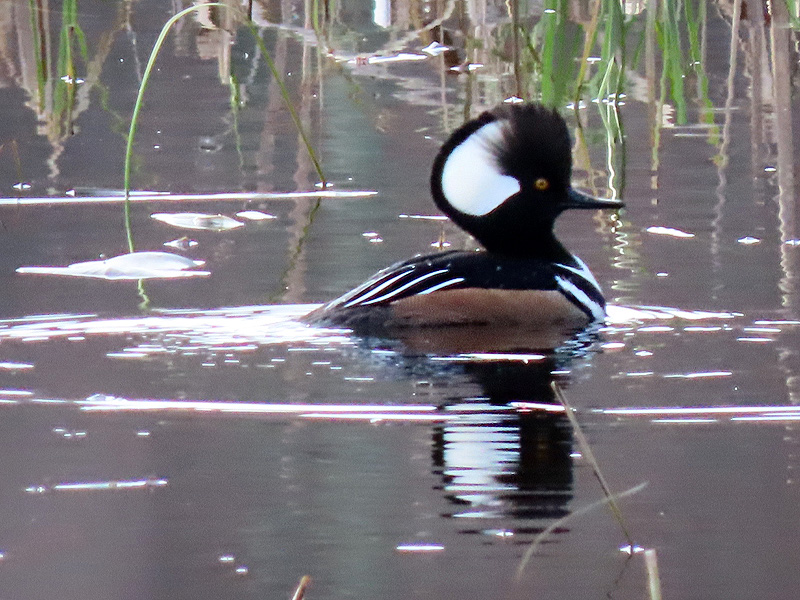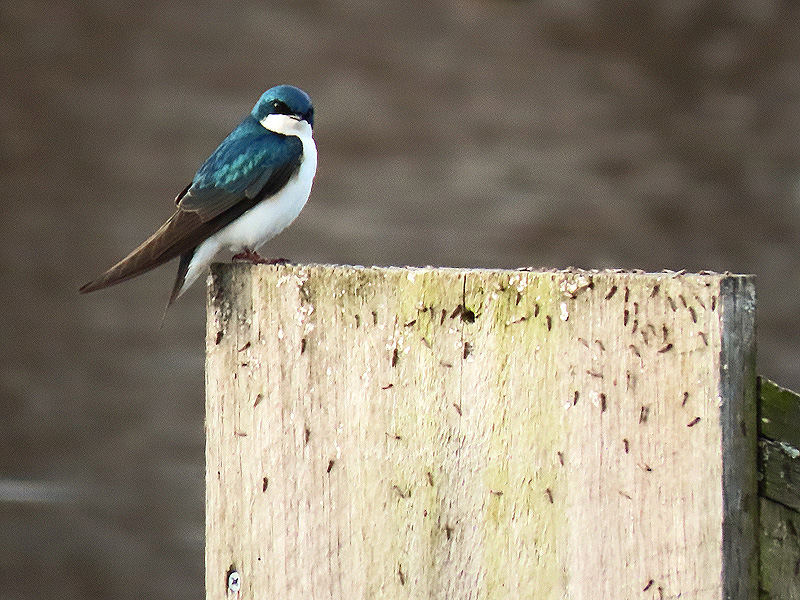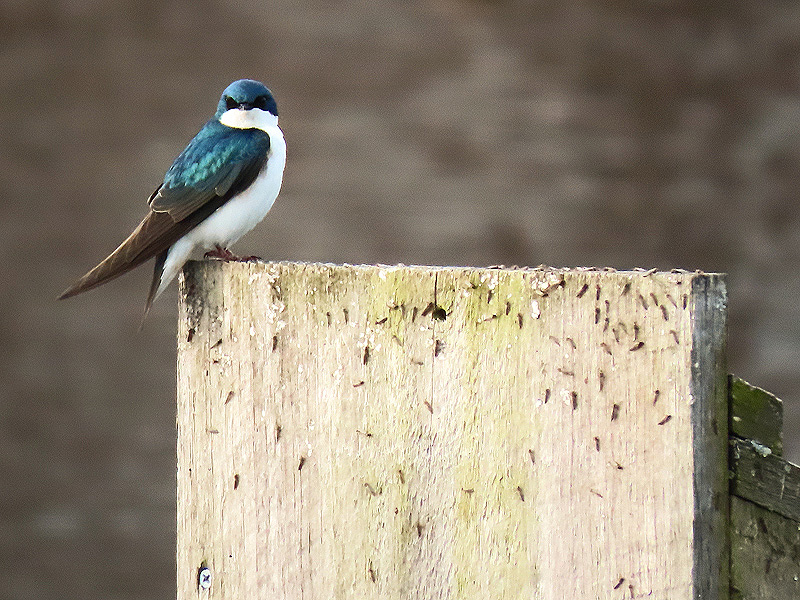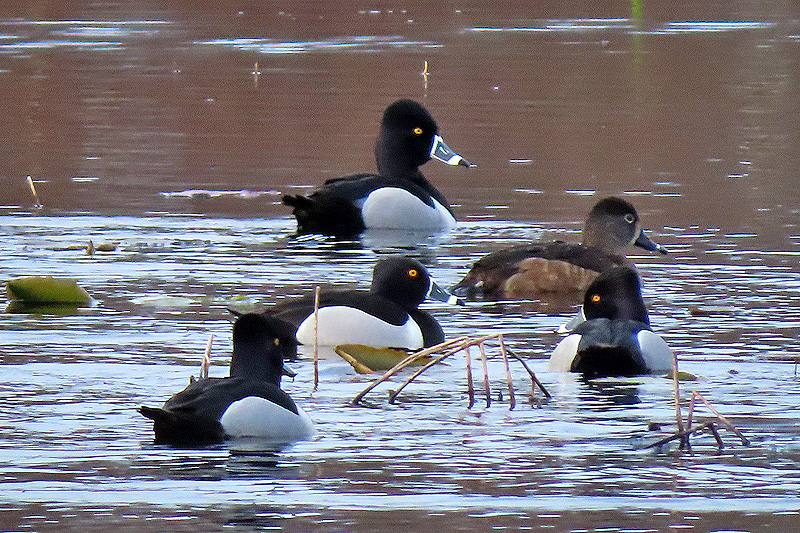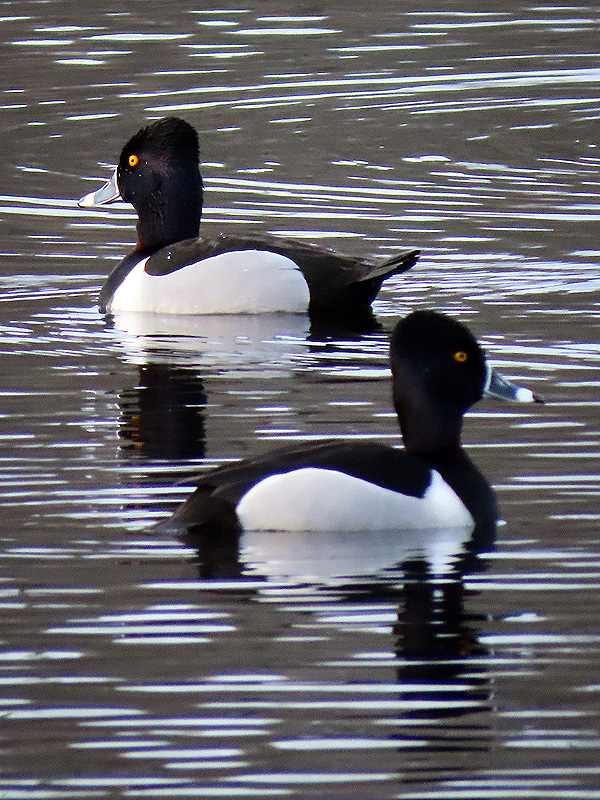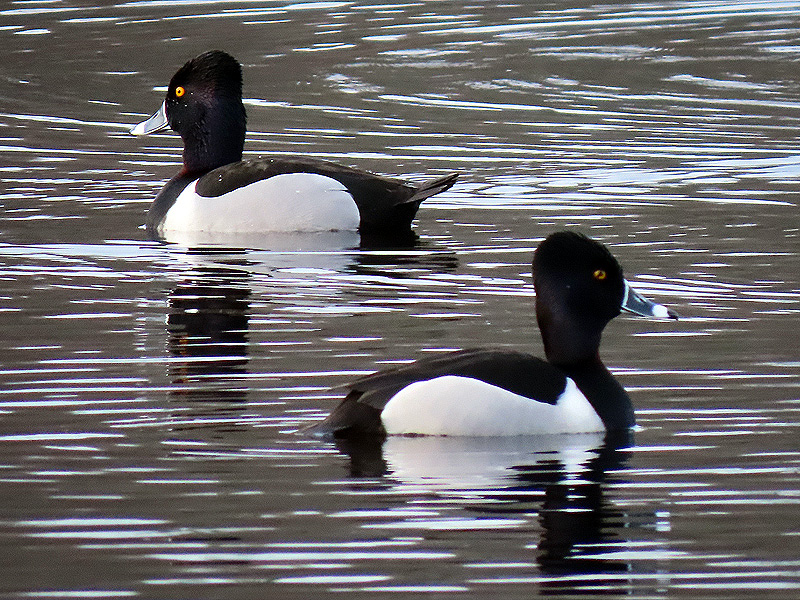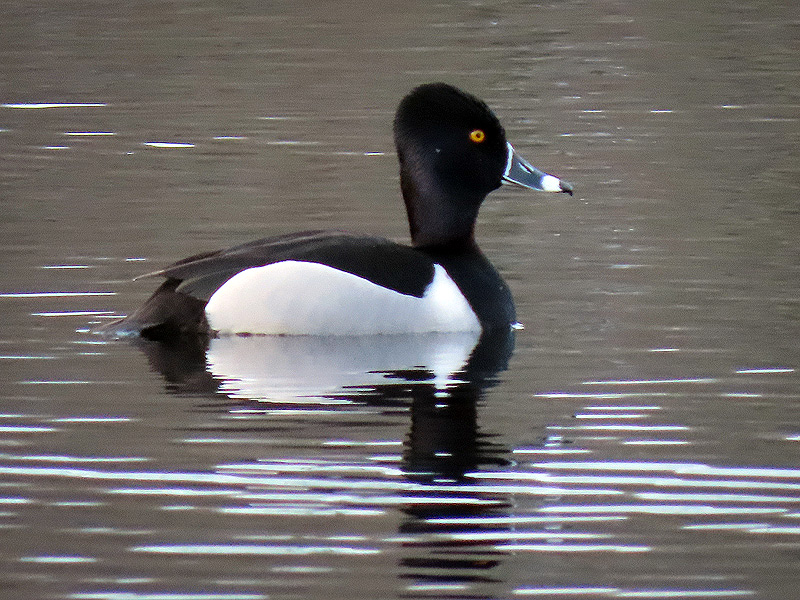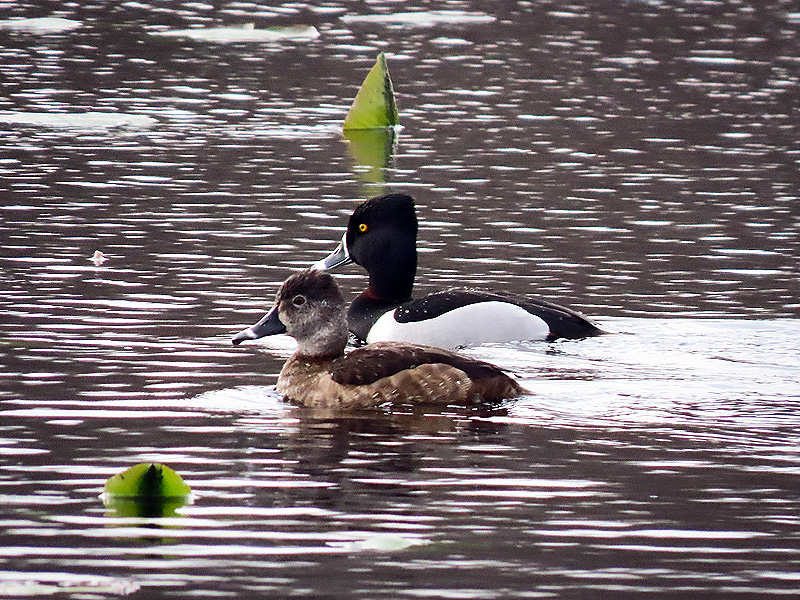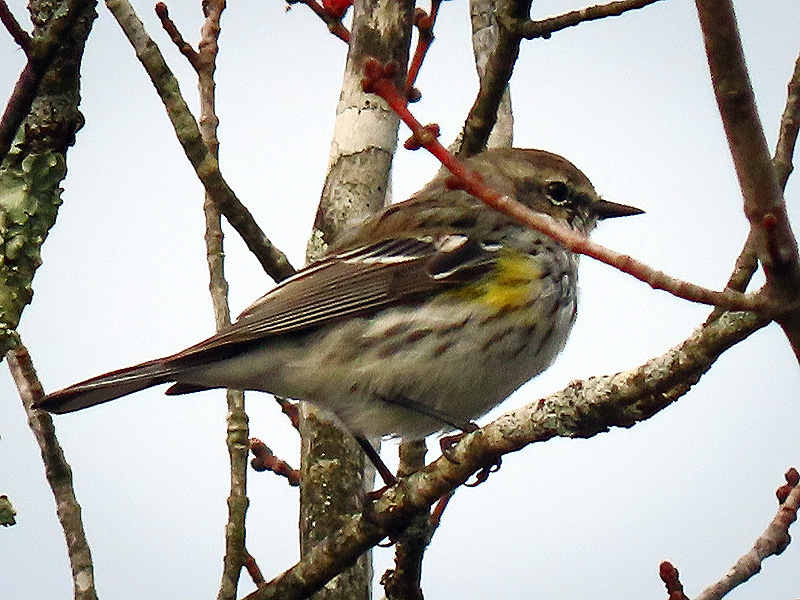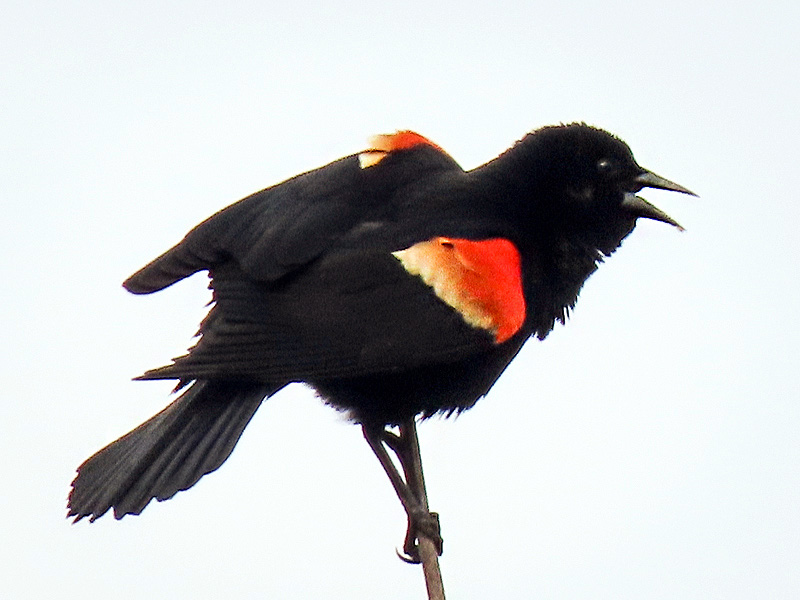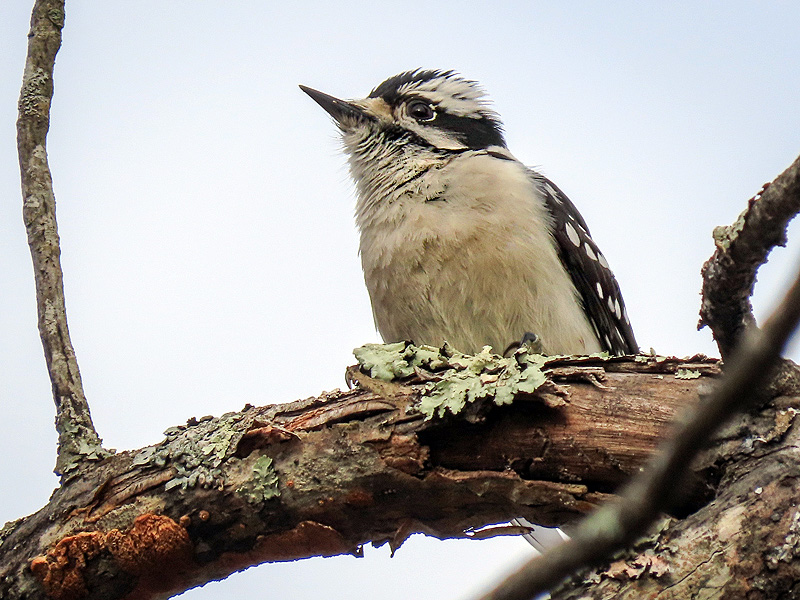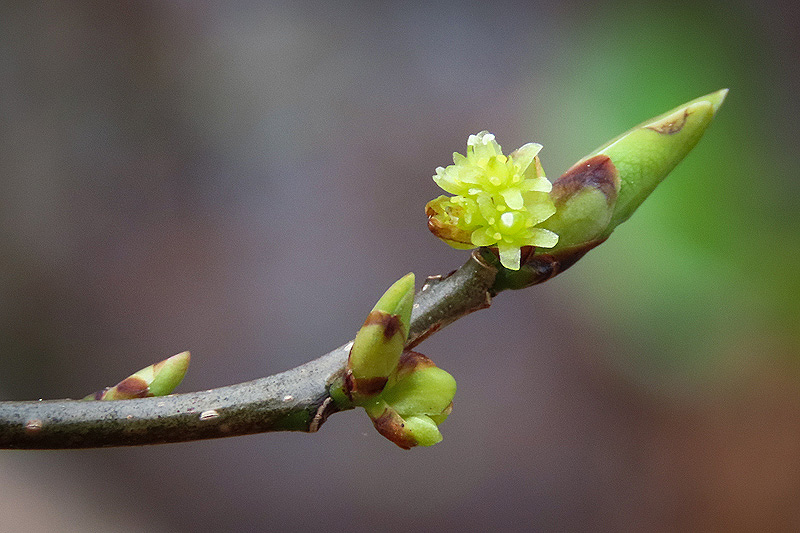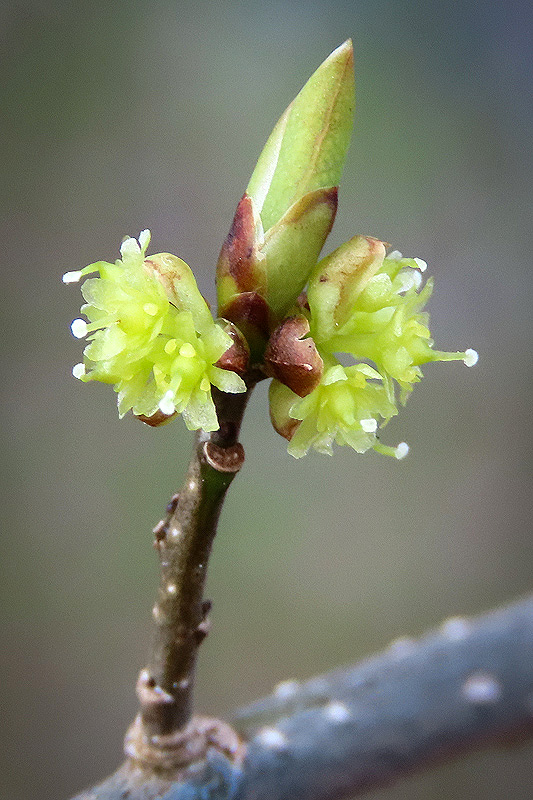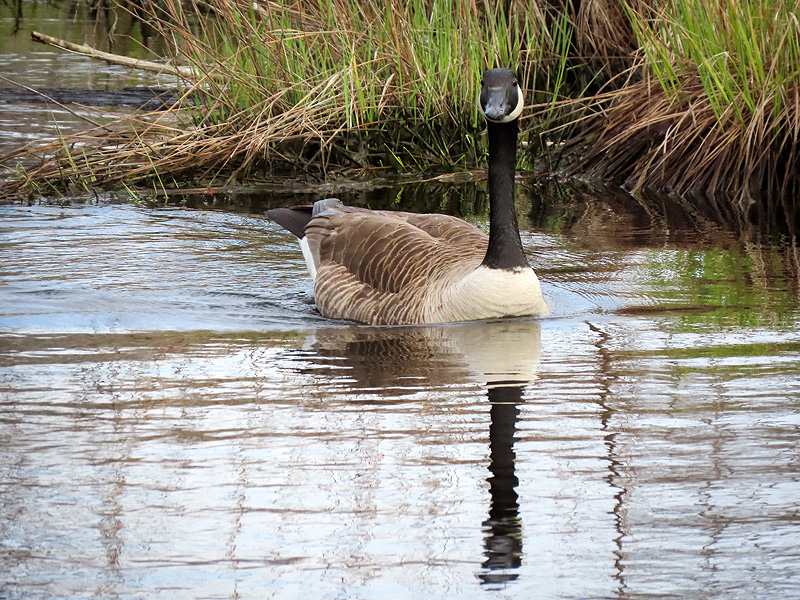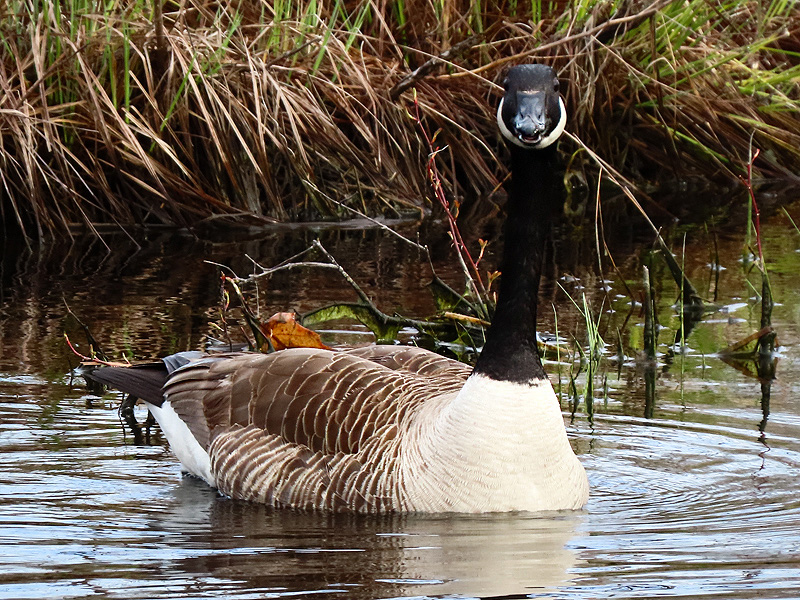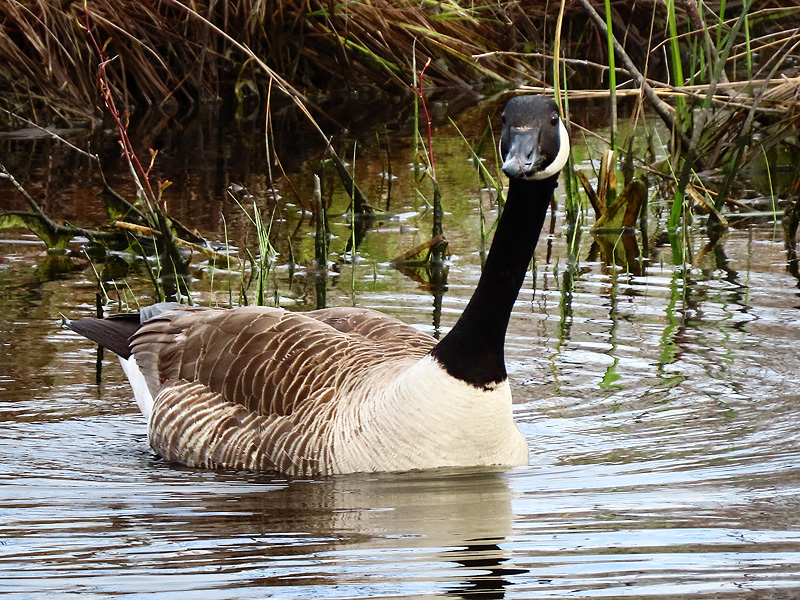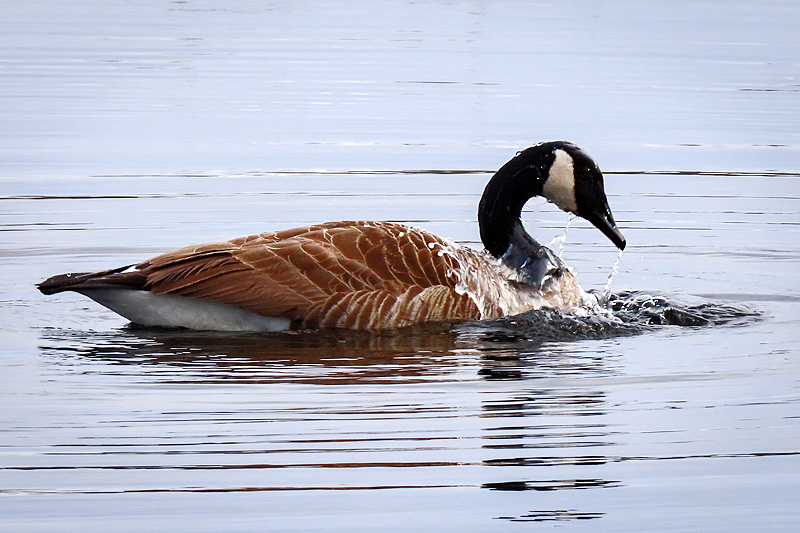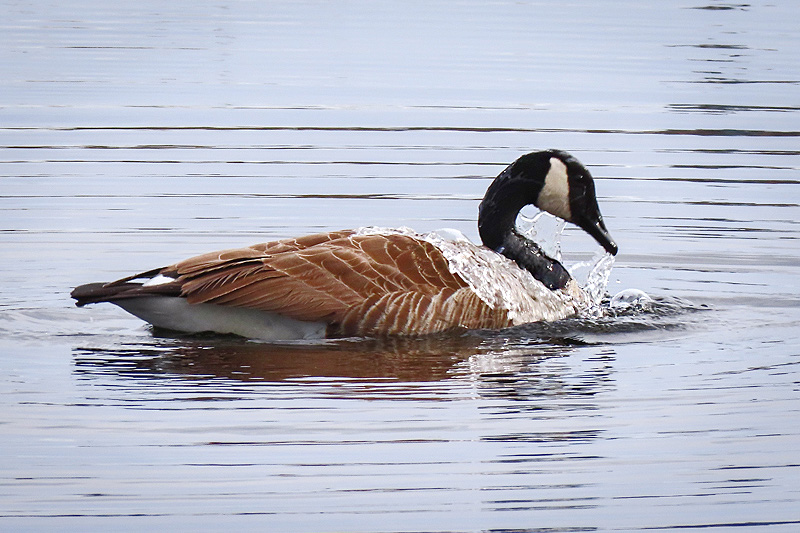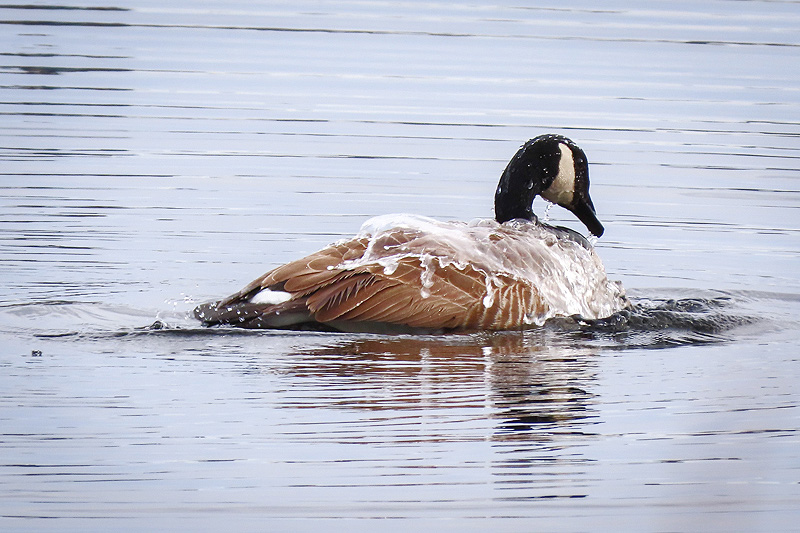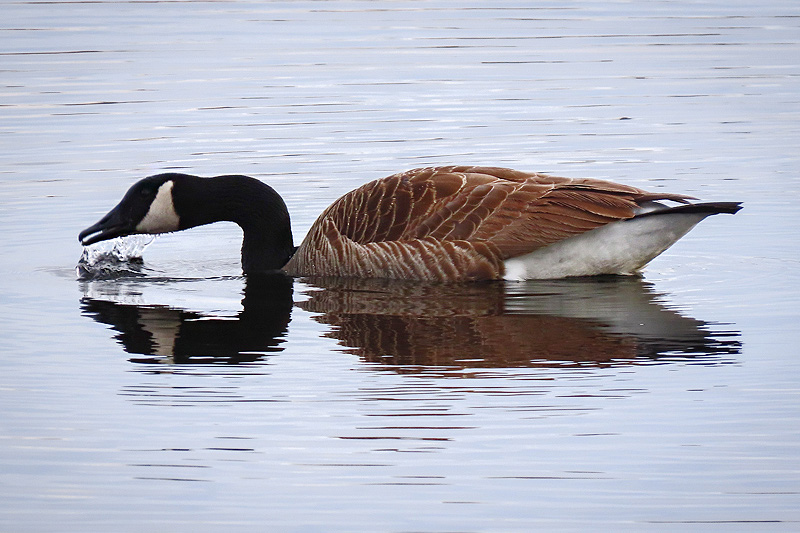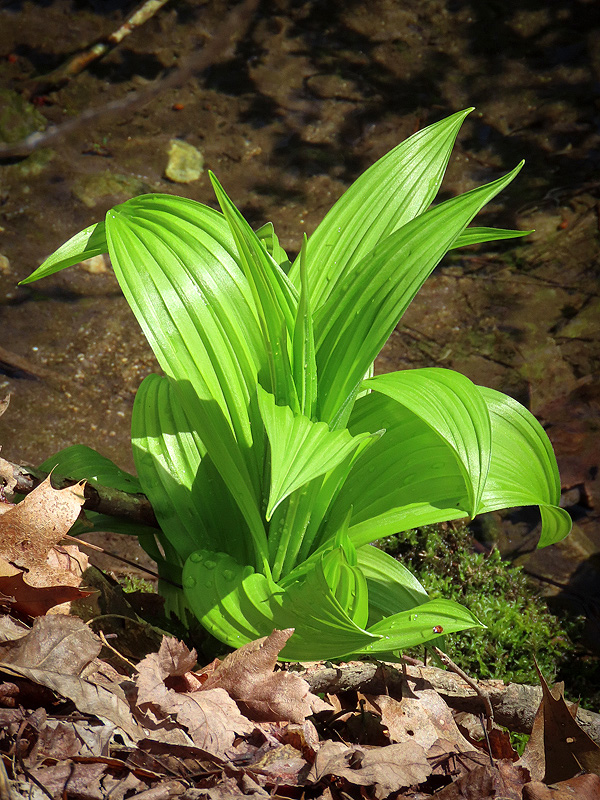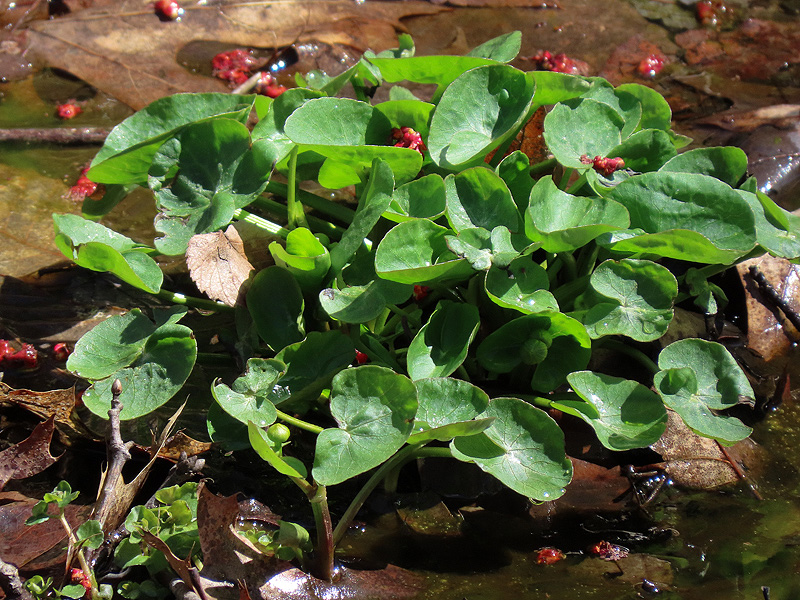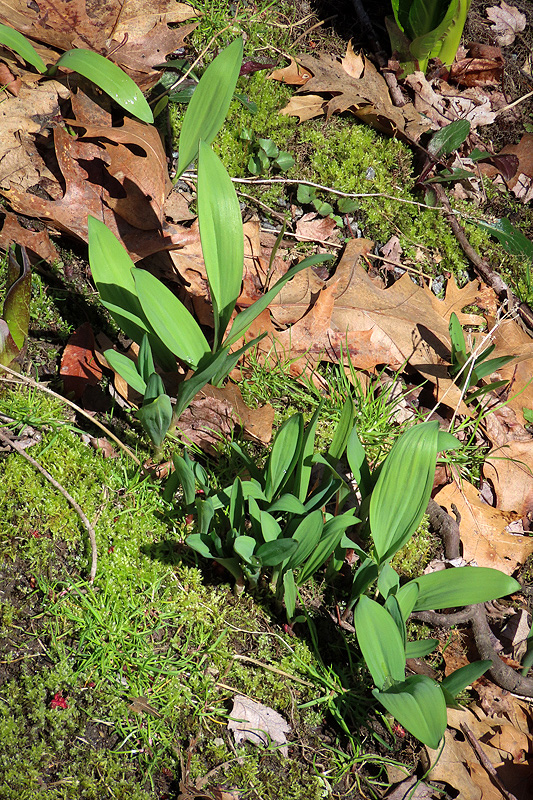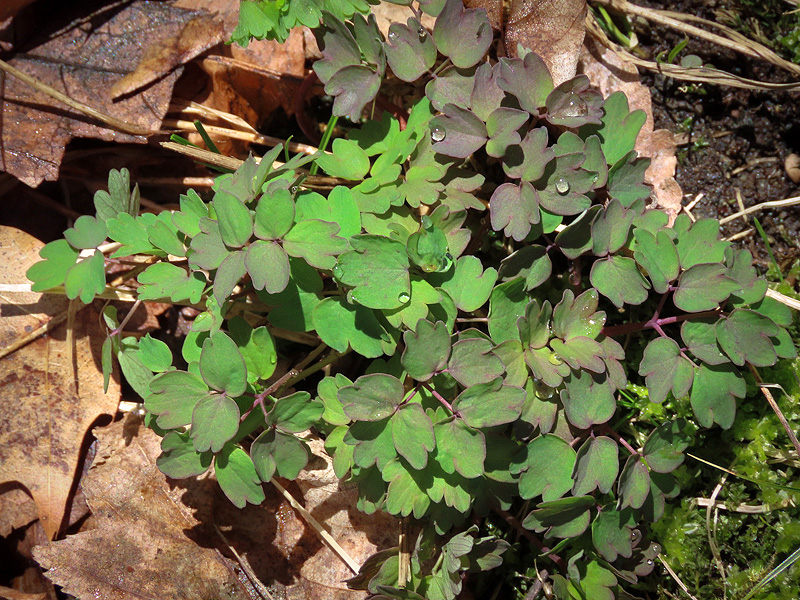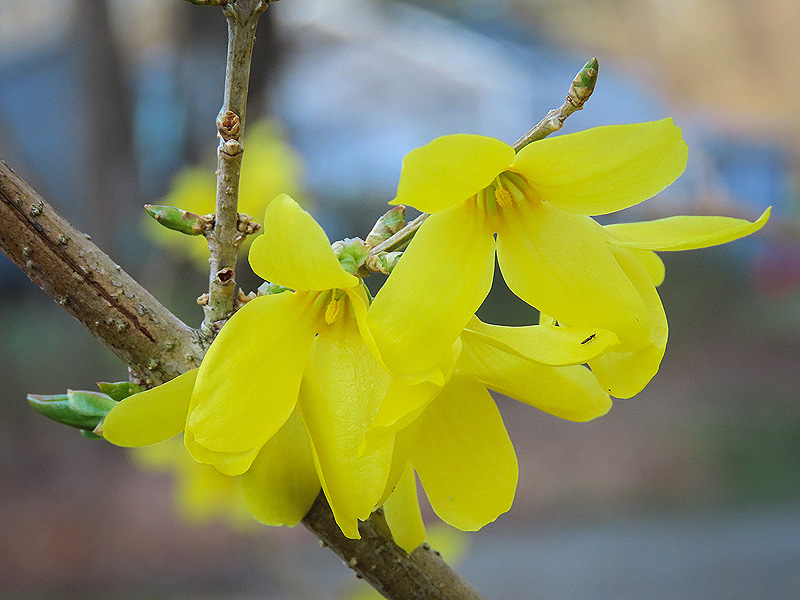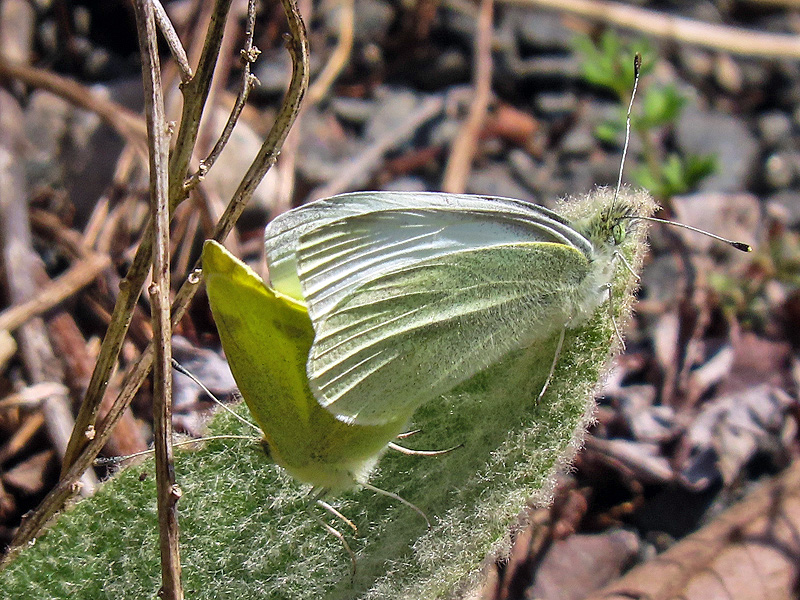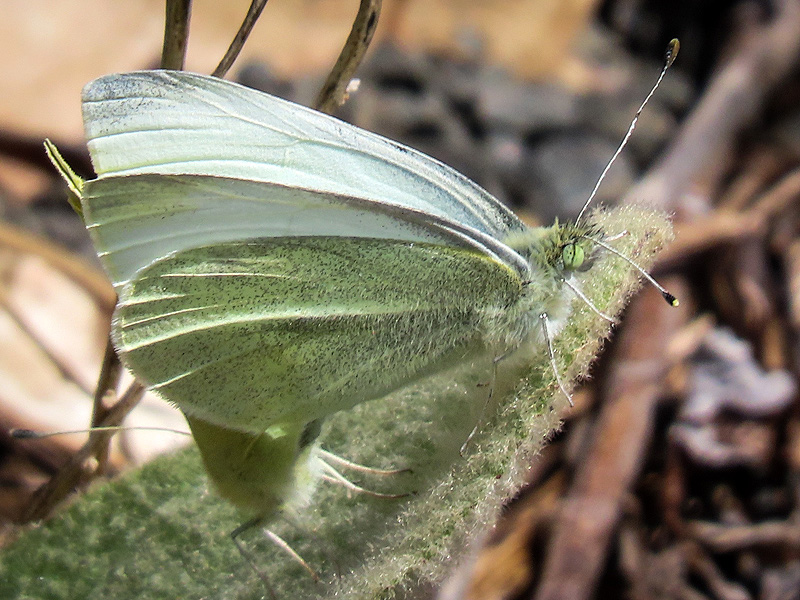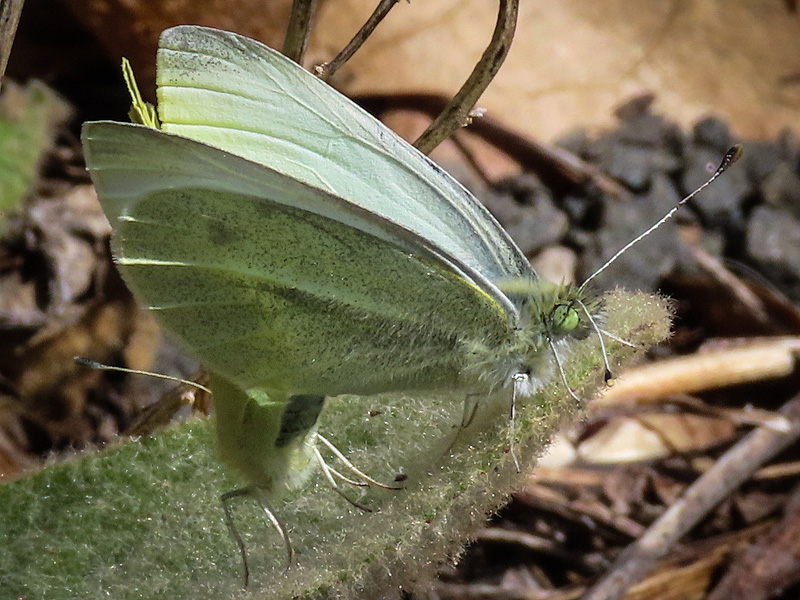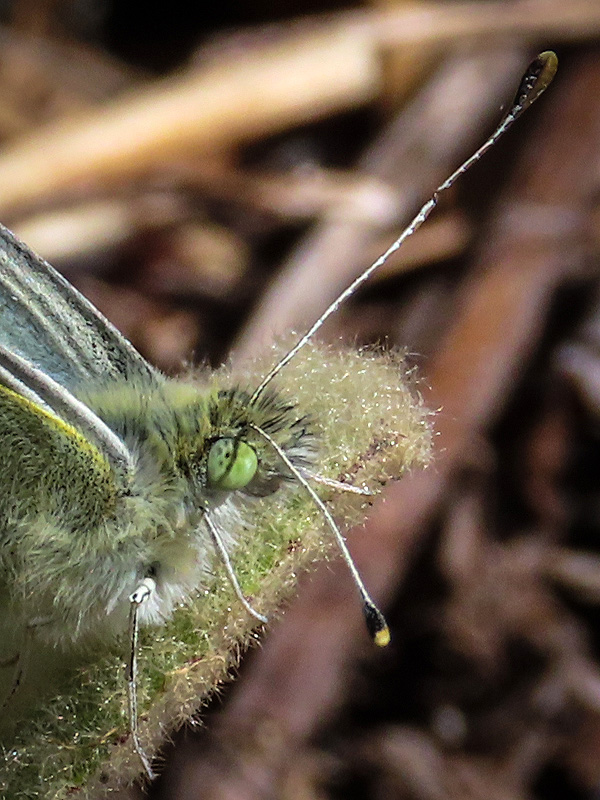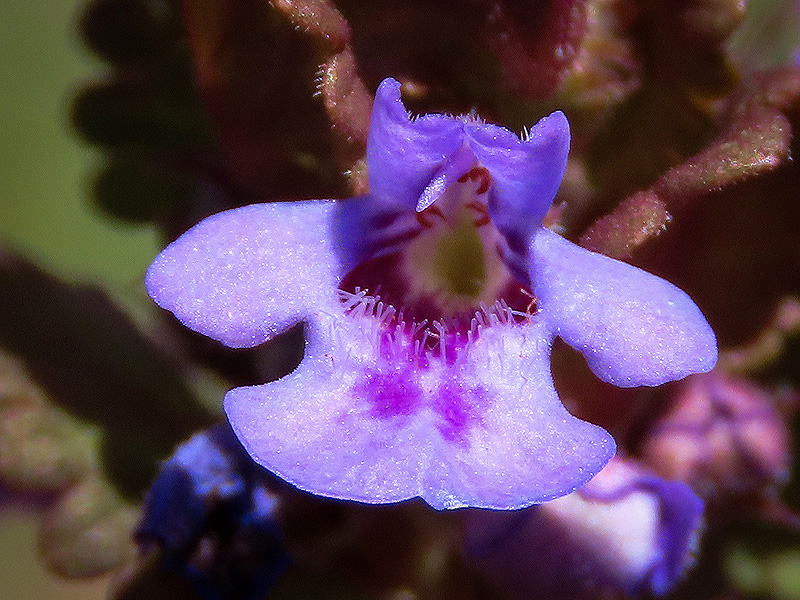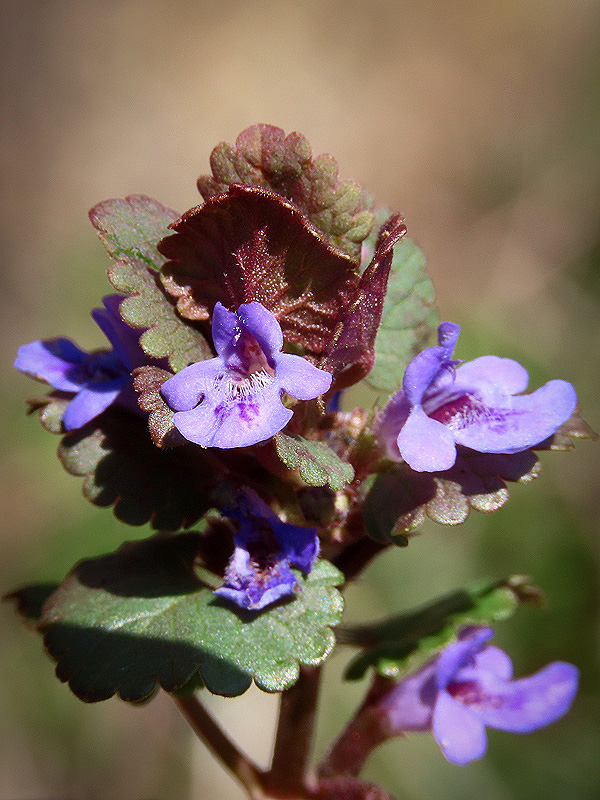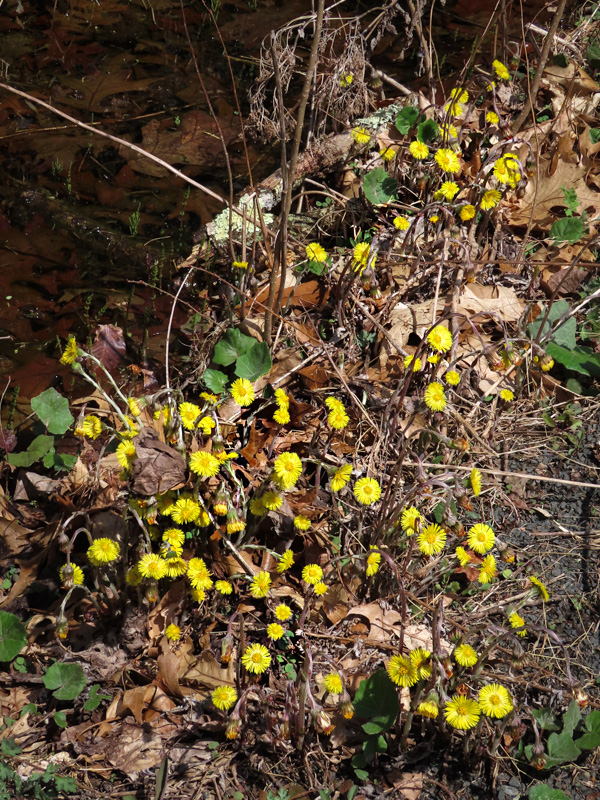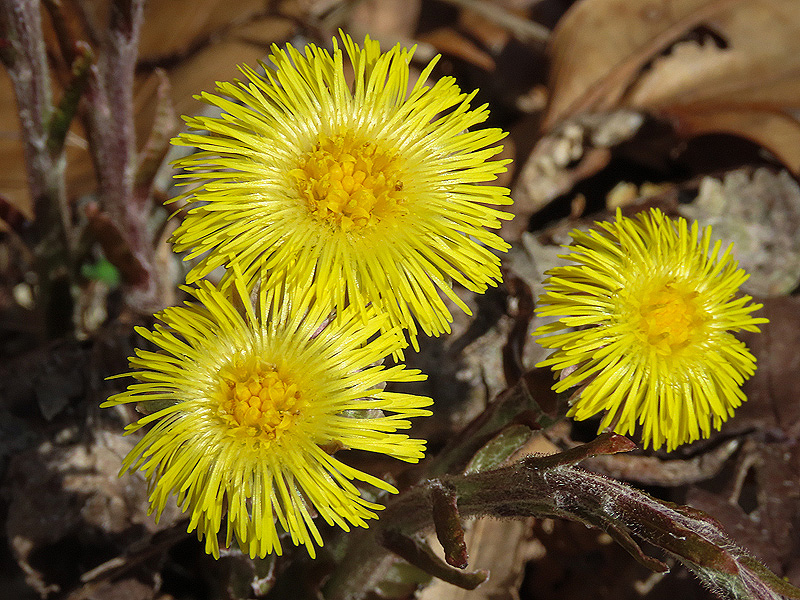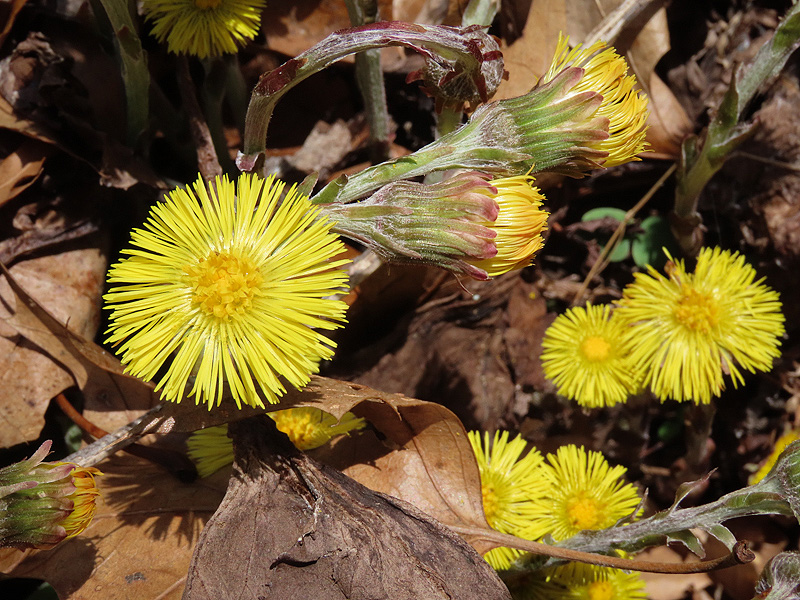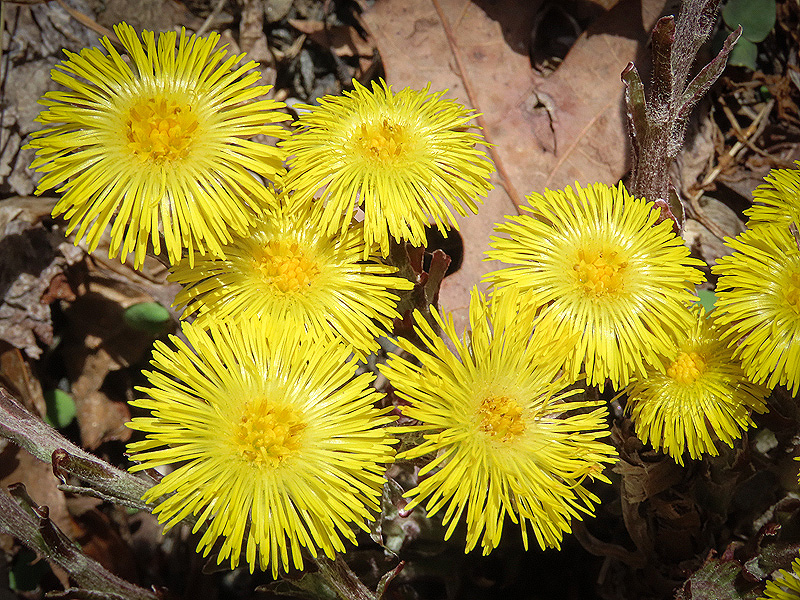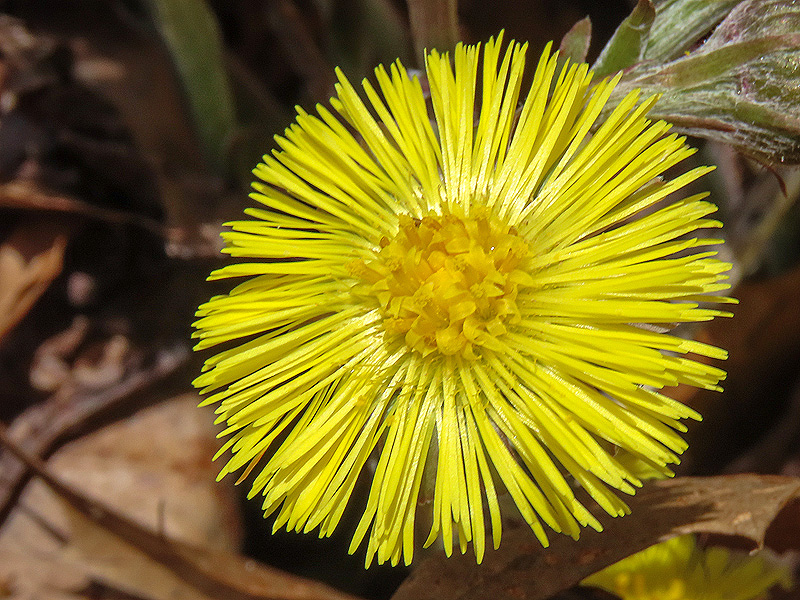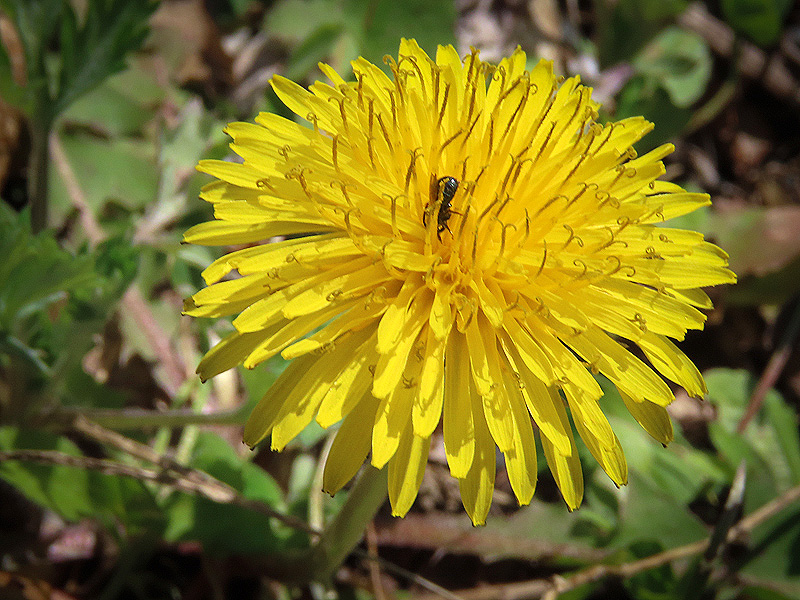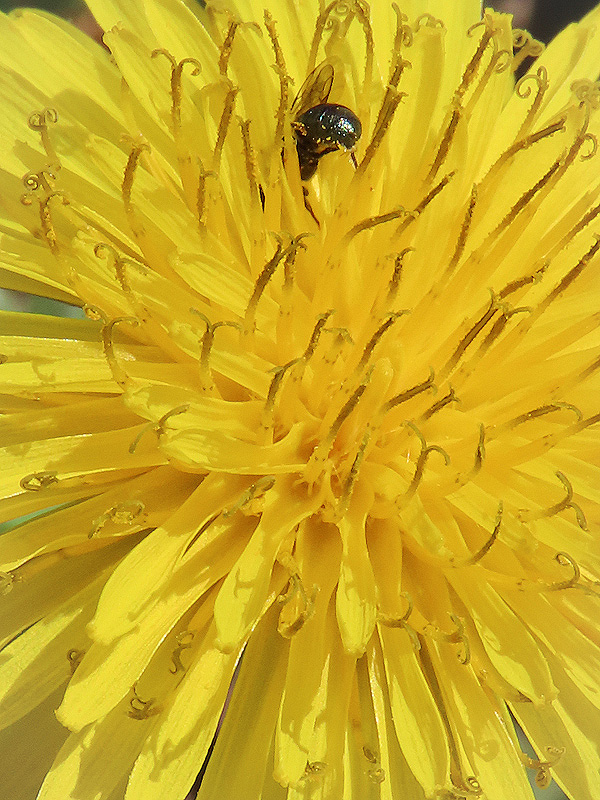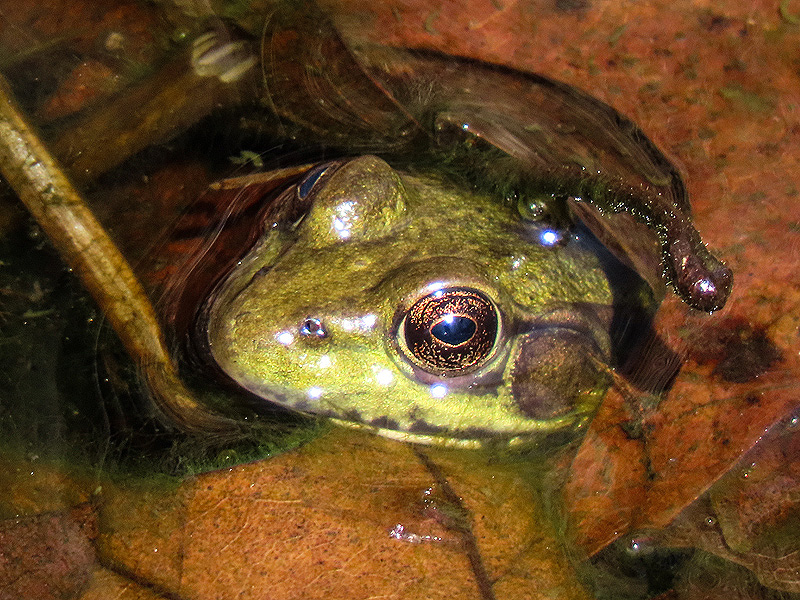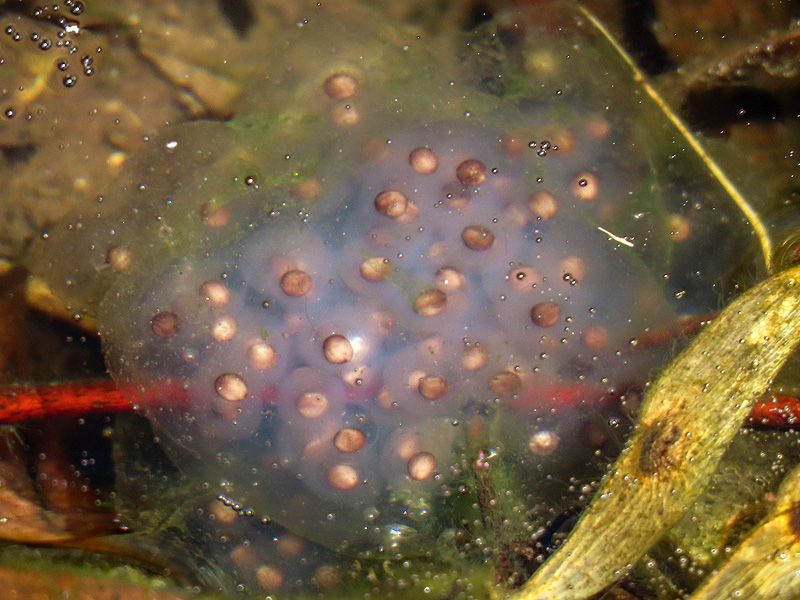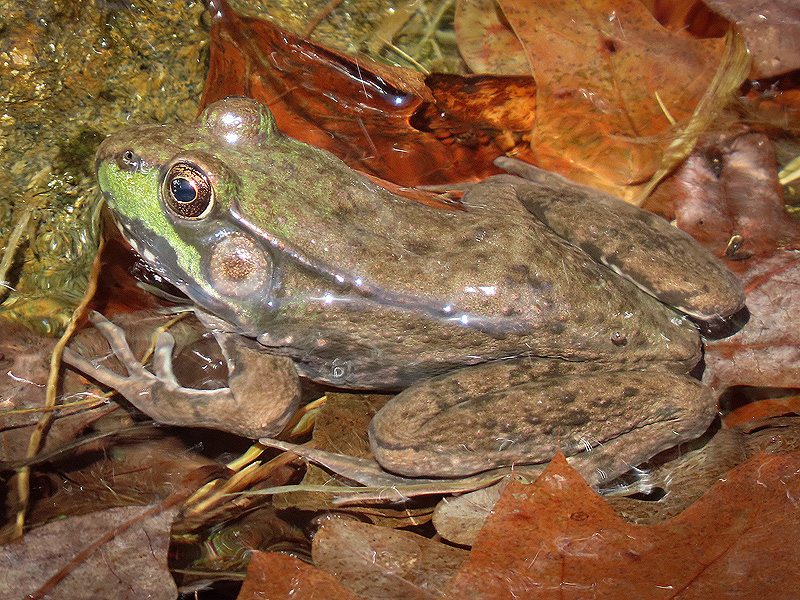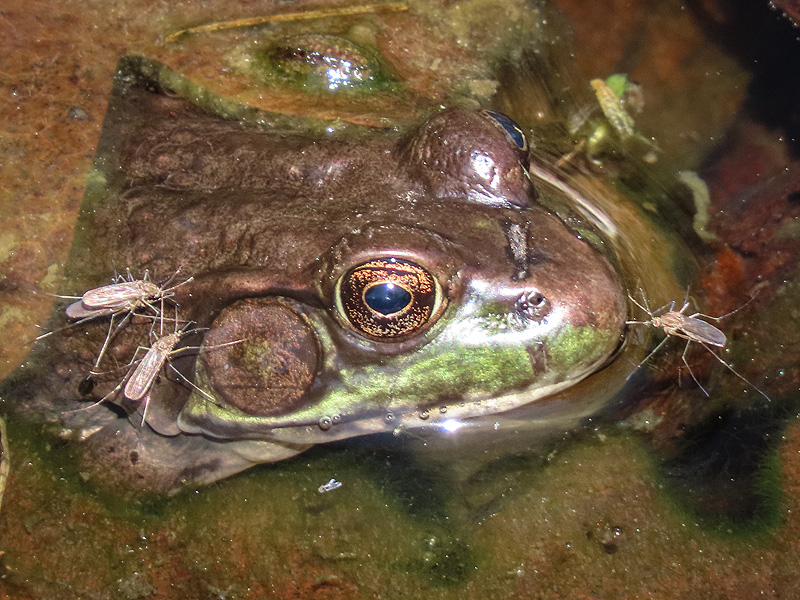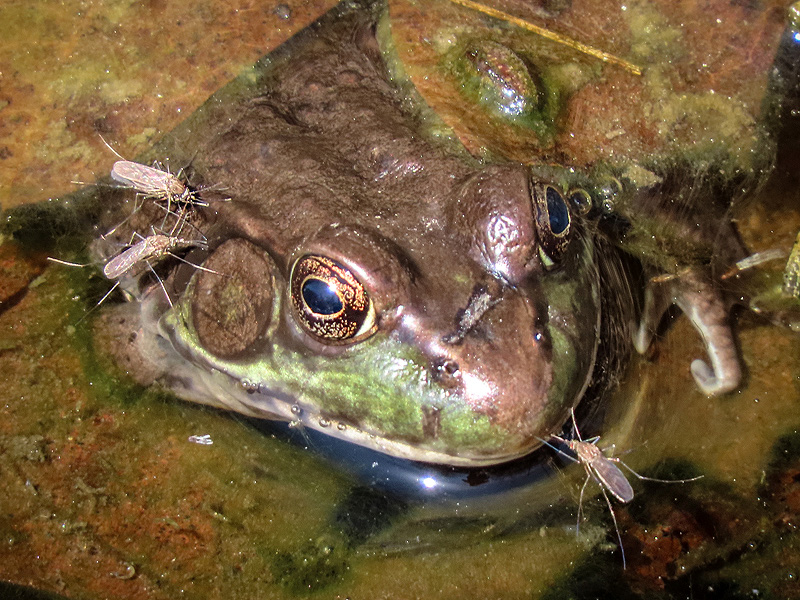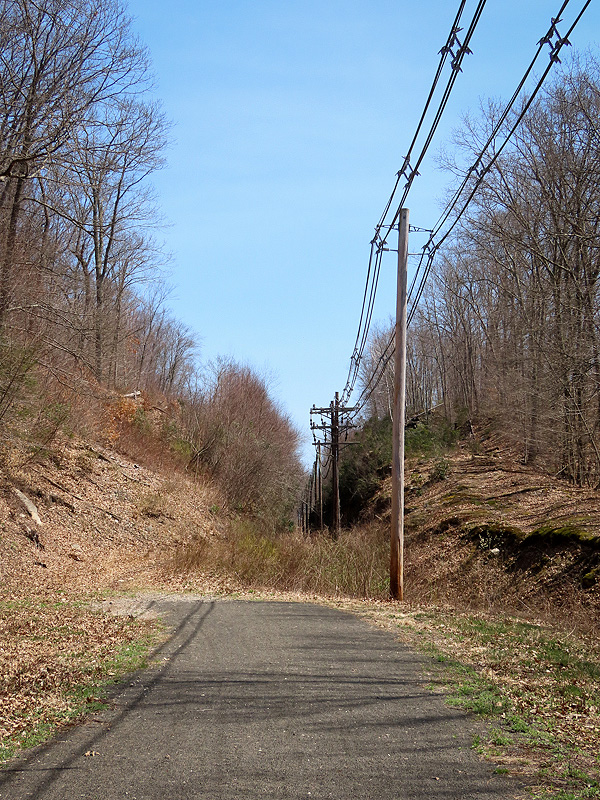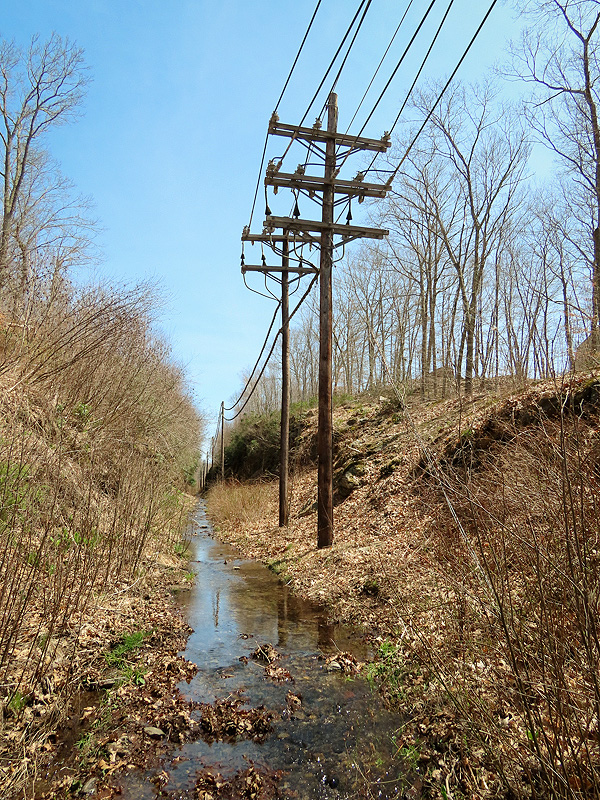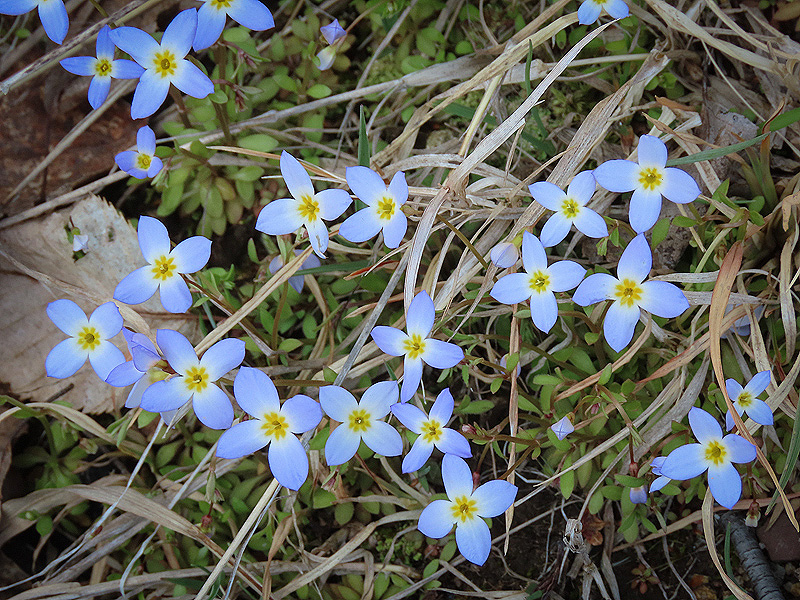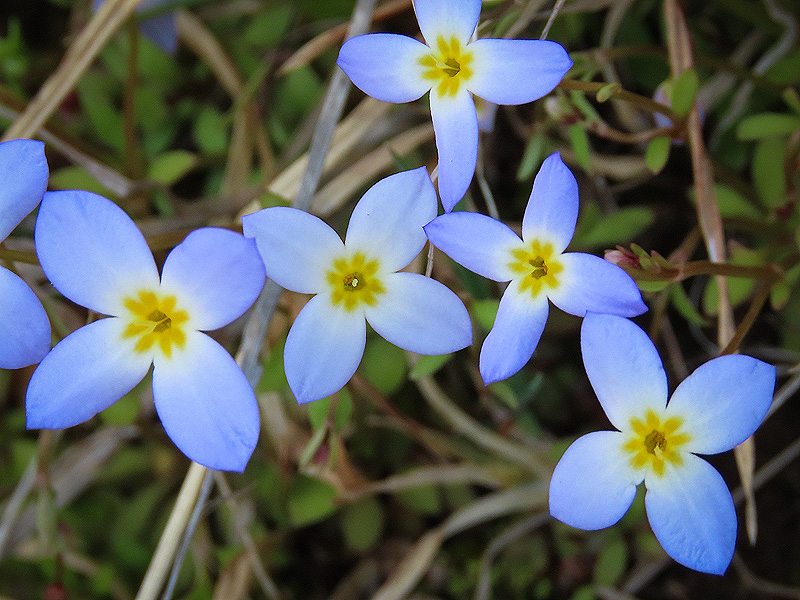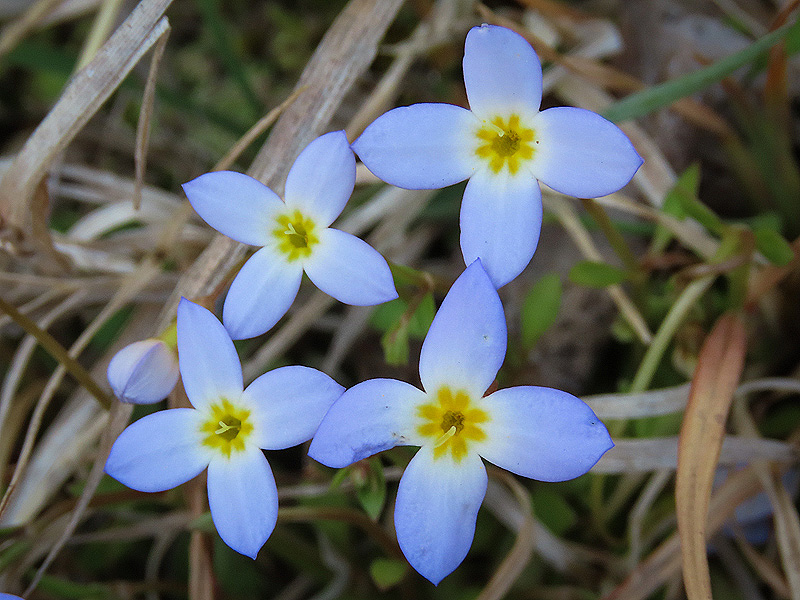Along the Air Line... 2022 - Spring, Part 5 The Air Line Trail in Eastern Connecticut - Stan Malcolm Photos |
HOME: Air Line... 2022 Pages Menu Stan's FlickR Albums |
April 10th. Partly cloudy and 36 degrees. A male Hooded Merganser (Lophodytes cucullatus). |
A male Tree Swallow (Tachycineta bicolor) atop a Wood Duck house. (He had just peeked inside.) |
Lots of insects. I think the ones on the vertical surface are newly molted or cast nymphal skins of Stoneflies (Order Plecoptera). Those on the top appear to be winged adults, but if so I can't explain why the swallow isn't gobbling them up. |
A few of close to 30 Ring-necked Ducks (Aythya collaris). I was curious to know if they ever nested here but learned from the Cornell "All About Birds" site that they migrate to far northern New England and Canada before nesting. |
As diving ducks, I wondered what they ate. The answer and much more is here: https://www.allaboutbirds.org/guide/Ring-necked_Duck/lifehistory |
|
Lots of males. Only a couple of females. (Hmm, should I rephrase that?) |
I think this is a female Yellow-rumped Warbler (Dendroica coronata) still in winter plumage. |
Just a reminder that the male Red-winged Blackbirds (Agelaius phoeniceus) are still singing and displaying. |
A female Downy Woodpecker (Picoides pubescens). |
|
Spicebush (Lindera benzoin) has just started blooming. |
|
A Canada Goose (Branta canadensis) among the hummocks near the old beaver dam... |
...calling. I'm guessing the male, trying to locate his mate. |
Eventually she called and he headed off through the hummocks towards her. |
She emerged from the hummocks and started bathing, throwing water over her back. |
|
|
Ending with a little drink. |
The male finally emerged from the hummocks and headed towards her. |
(The alternate story is that the female couldn't find her mate as he'd wandered off to play with the water.) |
April 12th. An afternoon walk east of Grayville Road, looking for green. False Hellebore (Veratrum viride) is similar to Skunk Cabbage but has straight leaf veins, not branched ones, and pleated leaves. |
Marsh Marigold (Caltha palustris) is showing buds already. (See bottom, just left of center.) |
Ramps (Allium tricoccum). A wild onion. Read about them here: https://en.wikipedia.org/wiki/Allium_tricoccum |
Rue-anemone (Anemonella thalictroides) isn't showing flowers yet. |
April 13th. Forsythia (Forsythia sp.). The genetics and varieties are complex. Want to figure it out? Start here: https://en.wikipedia.org/wiki/Forsythia |
In the early afternoon I took a walk east from Depot Hill Road in Cobalt. Saw several Cabbage White butterflies (Pieris rapae), including this mated pair. |
They pair lined up end to end - and eventually flew off that way with the female in the lead doing all the work. |
|
They were resting in the overwintered basal rosette of Common Mullein (Verbascum thapsus) leaves. I believe the fuzzy surface helps prevent frost damage. |
Gill-over-the-ground or Ground-ivy (Glechoma hederacea). The flowers are about 6mm wide. |
|
I haven't seen Coltsfoot (Tussilago farfara) in years. It's gone from the places I used to find it. |
Just flowers now. The leaves come after the flowers fade and resemble the shape of a horse's hoof. |
|
|
The flowers are quite different from... |
Common Dandelion (Taraxacum officinale).- with, I think, a Cuckoo Wasp (Family Chrysididae). |
|
Several Green Frogs (Rana clamitans) in a trailside ditch through a seeping wet rock cut. |
|
I saw several egg masses with tadpoles in various stages of development. |
|
v
This frog couldn't catch a break from Mosquitoes (Family Culicidae). |
|
The end of the developed trail for now. |
Ahead a stream now flows through the former rail right of way. (The trail continues east of Route 66.) |
Next stop, downtown East Hampton adjacent to the Air Line Trail. Bluets (Houstonia caerulea). |
|
|
